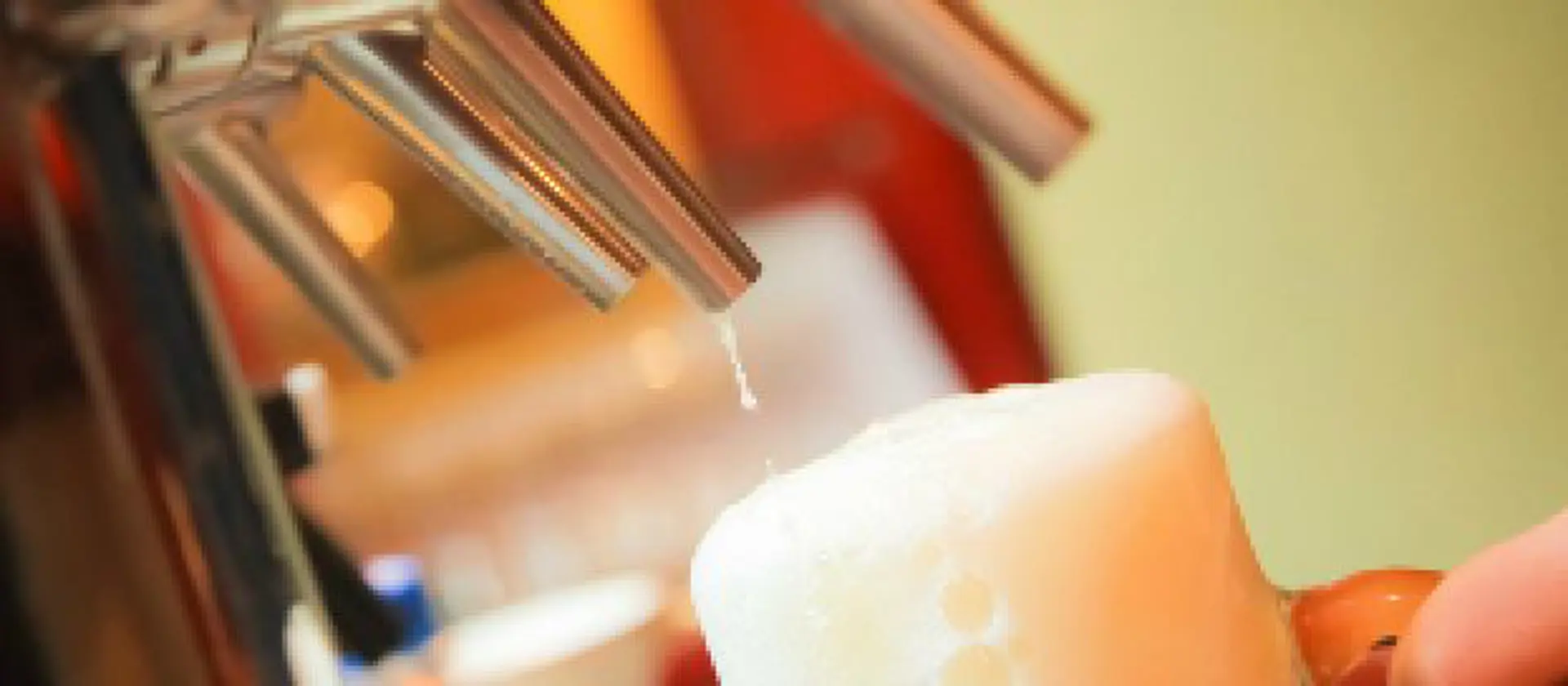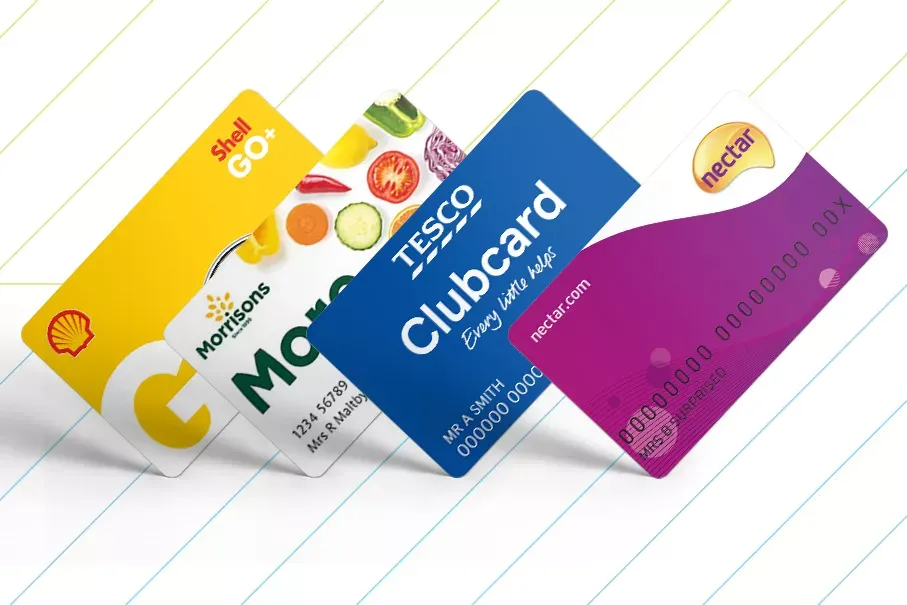23/05/2016

Some of you may be old enough to remember the ad: ‘in the summertime, when the weather is high… drinking and driving wrecks lives’. This 1992 public information campaign, one of the most effective ever in the UK, began with a sunny afternoon in a village pub and ended with a dead child in a crashed car. The message has never been clearer. Drinking and driving increases in the summer, and serious accidents caused by alcohol consumption rise alongside it.
DRINK DRIVING IN THE SUMMER
Drink driving is deadly, and it’s illegal. The consequences, even for a person who drinks, drives, and doesn’t cause an accident, can be life-changing. If you’re caught, you’ll face a 12-month drink driving ban, a fine, a criminal record, and a possible spell in prison. Your licence is also endorsed for 11 years.
According to the Institute of Advanced Motorists, a drink driving conviction could cost you between £20k and £50k in solicitor’s fees, car insurance increases when you do get your licence back, and potential loss of earnings. As a fleet manager or driver, a drink driving conviction could very well spell the end of your career.
How much is too much?
You might think you know how to handle your drink, or that you know your limits. But a breathalyser doesn’t care if you’re used to having a couple of pints and then driving—and neither does the person from the police who takes you into custody if you are over the limit.
In the UK, there are strict limitations imposed on how much alcohol you can have in your bloodstream when you’re behind the wheel of a car. (In fact, you can even be charged with a drink driving offence if you are simply in a vehicle when over the limit, no matter where you’re sitting, under the ‘intention to drive’ clause).
The figures are calculated according to micrograms and milligrams per 100 millilitres of breath, urine, and blood. You are over the limit if your breath-alcohol content is more than 35 micrograms per 100 ml, or if your blood-alcohol content exceeds 80 milligrammes per 100 ml. For urine, it’s 107 milligrammes of alcohol per 100 ml of urine.
In Scotland, these figures are even lower (22, 50, and 70 respectively).
How much alcohol does that translate to?
There’s no hard and fast rule for determining how a pint, or a glass of wine, will translate to blood-alcohol, breath-alcohol, or urine-alcohol figures. Your age, weight, metabolic performance, sex, and environment all contribute to the speed with which your body gets rid of alcohol.
If you’re stressed, or haven’t eaten well recently, you are more likely to get drunker quicker and stay affected for longer. But even these ‘signposts’ aren’t enough to form a good judgement of whether you are over the limit or not. If you’re driving this summer, the only way you can be sure you won’t be over the limit is if you don’t drink at all.
What about the morning after?
If you went to bed drunk, there’s a very good chance you will wake up over the limit even if you don’t feel it. And it’s a myth that coffee or sleep will make you sober again. Your body needs time to metabolise and get rid of the alcohol, and nothing else you put in the system is going to get rid of it any faster.
If you drink at night and know you have to drive in the morning, it’s important to do so sensibly. Stop drinking early, and drink very little. Alternate soft drinks with alcoholic ones. Make your alcoholic drinks last a long time. And go to bed at a sensible time.
Legally and financially, the consequences of drink driving are much more serious than they were when the ‘Drinking and Driving Wrecks Lives’ ad was first screened. But the emotional, mental and physical consequences are just the same. Ultimately, if you have a drink and have a drive, you could end up taking a life.
Can you live with that?
Do your drivers know the limits and consequences? Let us know on Twitter andLinkedIn .


